The Ultimate Guide to Bearded Dragons: Everything You Need to Know
Meet the Bearded Dragon
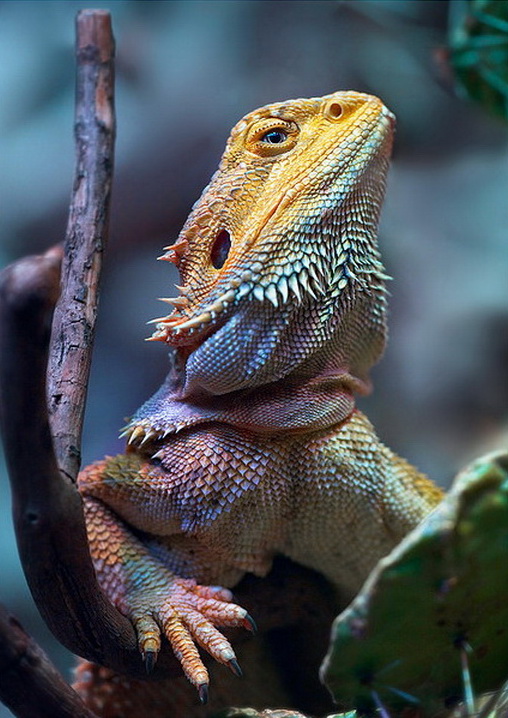
If you’re looking for an exotic, fascinating, and low-maintenance pet, then look no further than the bearded dragon. This docile, sociable lizard is native to Australia and has become one of the most popular reptile pets in the world. In this guide, we’ll tell you everything you need to know about bearded dragons, from how to choose one, to how to care for it, to what to feed it.
Choosing a Bearded Dragon
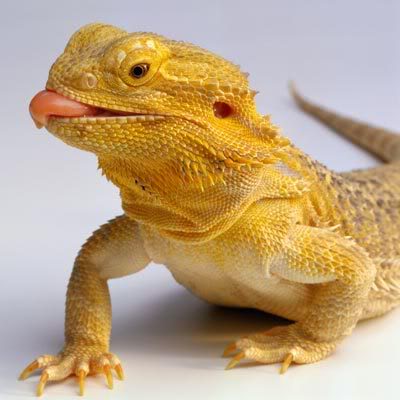
Before you bring home a bearded dragon, you need to make sure you’re prepared for their care. Here are some things to consider:
- Bearded dragons can grow up to 2 feet long, so make sure you have a tank that’s big enough for them to move around in.
- They need a dry, arid environment with a heat lamp to mimic their natural habitat.
- Bearded dragons are social creatures, and ideally, you should keep more than one in a tank.
- These lizards have a lifespan of up to 12 years, so be prepared for a long-term commitment.
- You should also be comfortable with handling and feeding live insects to your bearded dragon.
Caring for Your Bearded Dragon
Once you bring home your bearded dragon, you need to make sure you’re taking care of it properly. Here are some tips to ensure your lizard is healthy and happy:
Temperature and Lighting
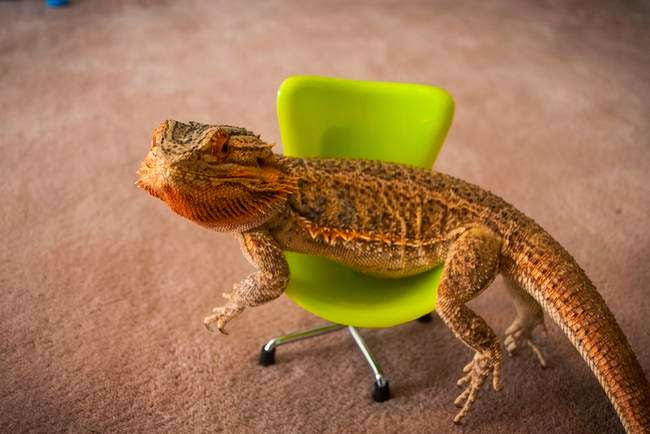
Bearded dragons need a basking spot to get warm and a cool spot to regulate their body temperature. The basking spot should be around 100-110°F, while the cool spot should be around 75°F. You’ll also need a full-spectrum UVB light to help your bearded dragon synthesize vitamin D3.
Feeding and Nutrition
Bearded dragons are omnivores, meaning they eat both plant and animal matter. Their diet should consist of 50% leafy greens and vegetables, 40% insects, and 10% fruit. Some good options include collard greens, carrots, crickets, and mealworms. Make sure to dust their food with calcium and vitamin D3 supplements.
Handling and Socialization
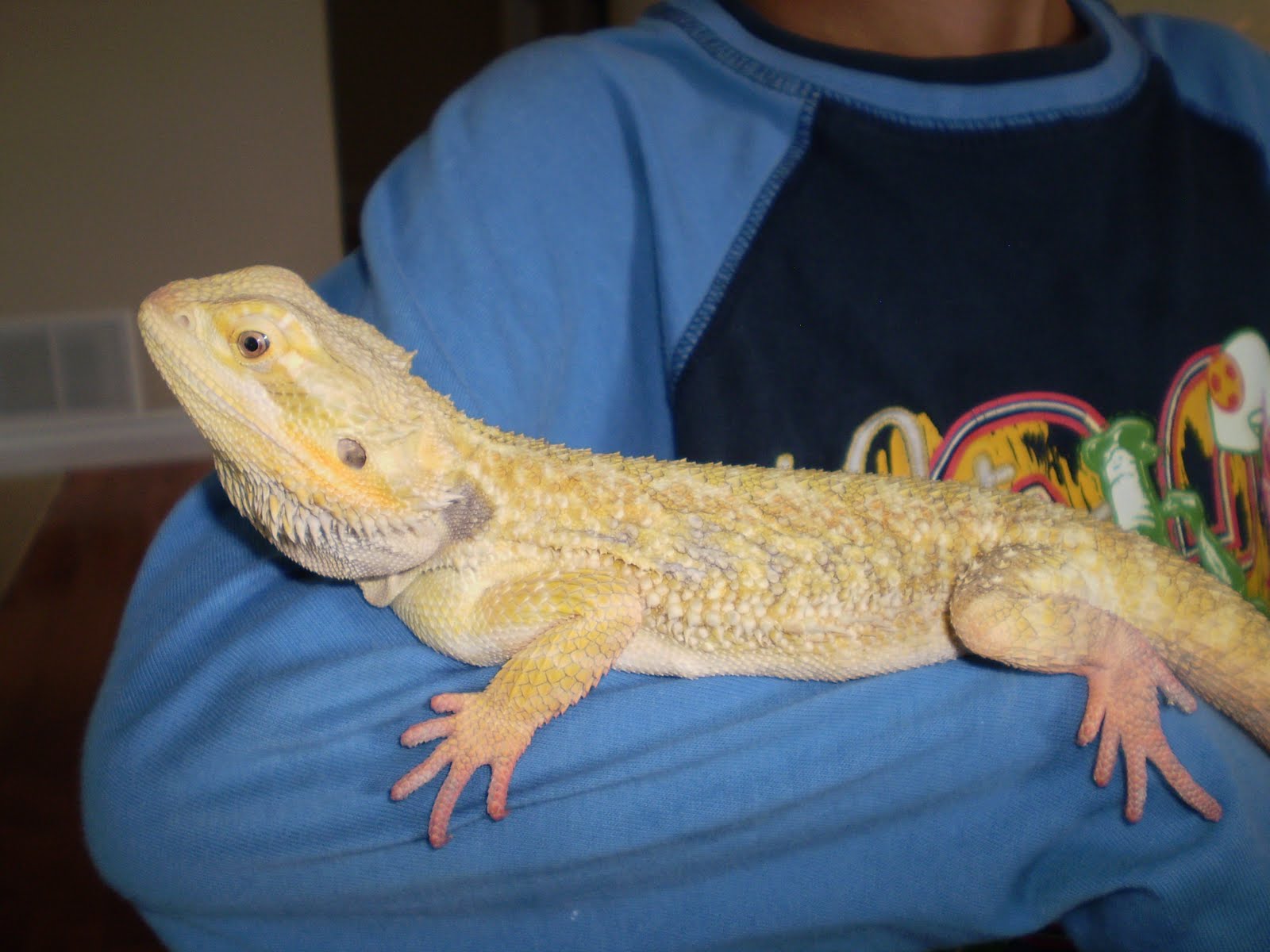
Bearded dragons are friendly and enjoy being handled, but they can also get stressed if not handled properly. Make sure to support their body and never grab them by the tail. It’s also important to socialize them with other bearded dragons or pets.
Common Health Issues
Bearded dragons are generally healthy and hardy creatures, but there are a few health issues to watch out for:
Metabolic Bone Disease
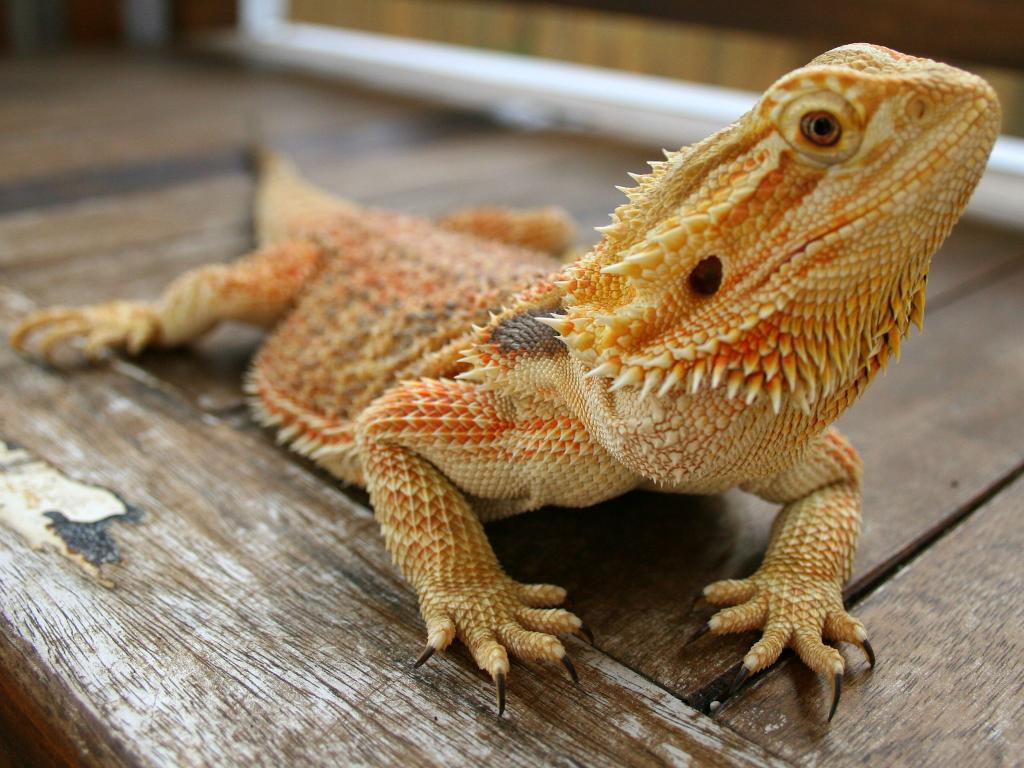
This condition occurs when a bearded dragon doesn’t get enough calcium and vitamin D3, leading to weak bones and deformities. Make sure to dust their food with supplements and provide a UVB light.
Impaction
Impaction occurs when a bearded dragon ingests something it shouldn’t, like sand, gravel, or wood chips. This can lead to blockages in the digestive system and potentially death. Make sure to use a substrate that’s safe for your bearded dragon to digest, like reptile carpet or newspaper.
Respiratory Infections
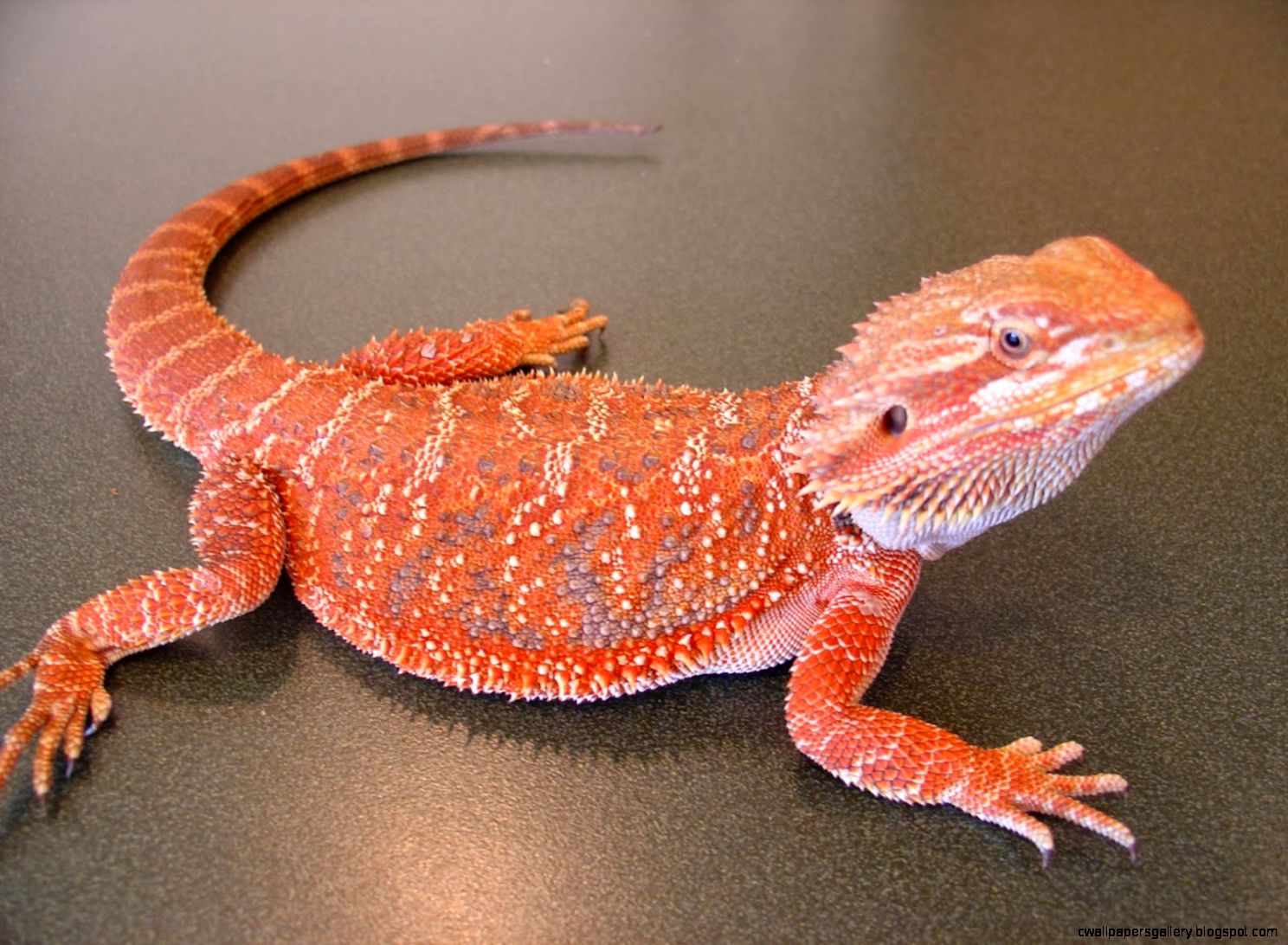
Respiratory infections can occur when a bearded dragon is kept in damp, cool conditions. Symptoms include lethargy, nasal discharge, and wheezing. Make sure to keep their environment dry and warm.
Conclusion
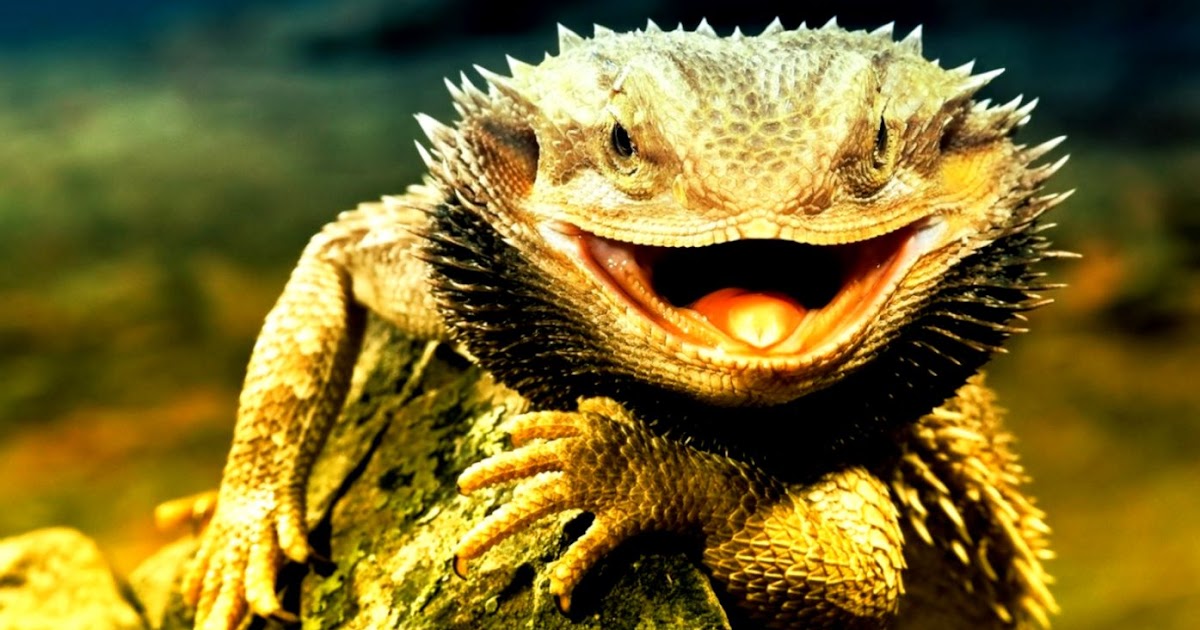
Bearded dragons make fascinating, low-maintenance pets that are perfect for beginners. With their friendly personalities and unique appearances, they can quickly become a beloved member of your family. By following the tips in this guide, you can ensure that your bearded dragon is healthy, happy, and thriving.
